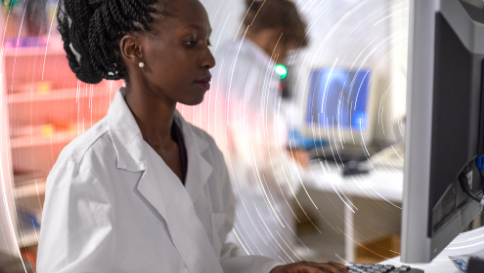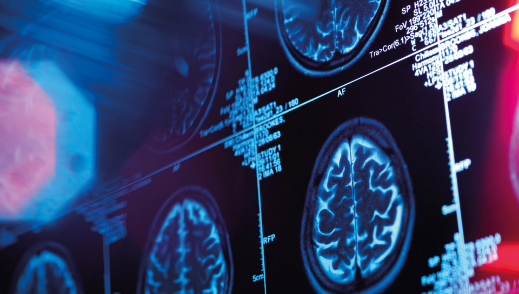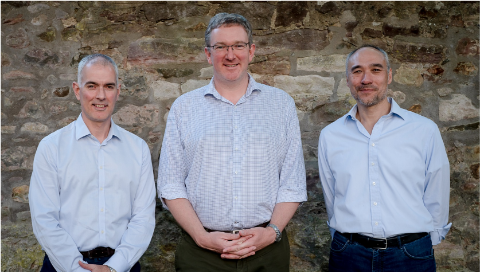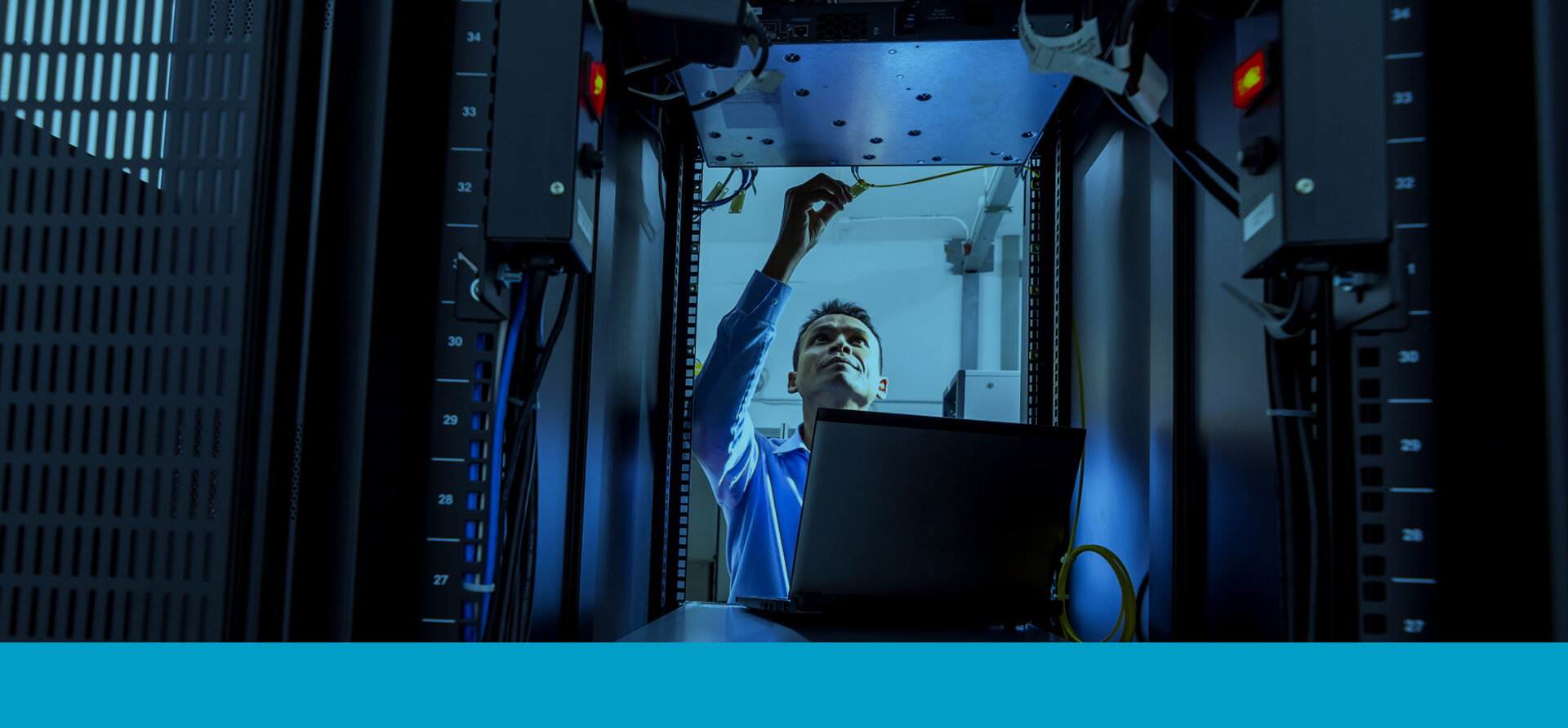Blackford Analysis
Managing the load on PACS is much more important
Big data applications like imaging AI typically require significant, high-performance computing capacity, and a key hurdle that healthcare IT departments have to overcome is how to scale their organization’s computing resources to support multiple AI applications or algorithms. The unlimited computing power of the cloud has long been touted as the answer to all IT scalability challenges, but for radiology, it’s not really a question of cloud vs in-house resources – it’s a question of load and managing that load on your PACS IT infrastructure. There's no point in deciding to do all the image processing in the cloud if the PACS is so overloaded by the amount of data transfer that you're impacting the performance of the radiologist at their workstation. A typical hospital PACS has been specified for a number of concurrent users (i.e. radiologists that are reading) and not to be a data archive for sending out thousands of images for AI, model generation or processing. It’s important that hospitals don't overload PACS to deliver new high-end functionality and actually impair the performance of regular radiology work. It’s important for healthcare IT departments to consider technology solutions that actively understand this challenge and are capable of managing the load across the entire ensemble of applications you wish to run on PACS. For example, if you have three different applications that access MR brain scans, the images should only be retrieved from the PACS once and then cached so those applications don't have to query the PACS three times. There are also clever solutions that allow you to “dual-route” images from the modality to the PACS and to a platform so that the PACS doesn't get queried at all for that processing. This means the data gets to the algorithm faster, which allows the algorithm to process faster and the results to be in front of the radiologist faster. Sounds great right? But this kind of smart resource management isn't practical to implement on a product-by-product basis. This is why it requires a platform interface that allows intelligent routing of studies and reception from wherever those studies are generated, be it the modality or the PACS. With this kind of load management capability in place, then the optimum mix of cloud and in-house resources can be leveraged to ensure that image processing and PACS performance are both maximised. Download our eBook to find out more about the platform approach:











